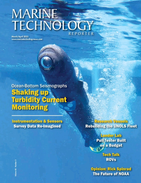Offshore Oil: Mammoet Installs Platform for Shell
Mammoet installed the Malampaya Phase 3 Depletion Compression Platform in the West Philippine Sea for Shell Philippines Exploration b.v. The Malampaya Depletion Compression Platform (DCP) is a new type of ‘self-installing platform;’ the platform floats into place over its end-location after which the legs are lowered onto the prepared seabed. It uses a pre-installed jacking system to enable the 80m legs to be jacked down and lift the platform from the water to its final position. This technology avoids the need for the large specialized vessels that are normally required for an offshore platform installation.
Mammoet was contracted for the offshore operation to lower the DCP legs and lift the platform to its final height. The DCP’s end-location is next to the Malampaya Shallow Water Production Platform (SWP) to which it will be linked by a permanent bridge, also to be installed by Mammoet.
The Malampaya Project located off the coast of Northwest Palawan, the Philippines, is a Shell-operated initiative on behalf of its joint venture partners and the Philippine government. The gas-to-power project is aiming to sustain to supply 30% of the country’s energy requirement.
Now in Phase 3, the new platform will help sustain the extraction of natural gas from the Palawan basin and process it in a shallow water production platform before transporting the gas along a 504-km underwater pipeline towards the onshore gas plant and eventually to its power plant customers.
Mammoet was involved in the DCP’s construction, assisting with lifting and lowering the platform during the fabrication process. During the platform’s construction, the strand jacks were also installed to prepare for the jack down of the DCP’s legs and to raise the platform into place.
Keeping a gas platform stable out at sea, while installing the platform’s legs on the seabed and being buffeted by waves, is a delicate process, with waves hitting the floating platform and creating movement. To keep the platform level, some of the strand jacks need to make upward movements, while others make downwards movements at the same time. In other words, different strand jacks must be active simultaneously in opposite directions to buffer the upwards and downwards movement of the DCP before the legs are positioned and the platform is raised out of the water.
To facilitate this precise calibration, part of the strand jack installation included special ‘guying valves’ and a new computer system to create a constant tension to deal with the movement of the platform on the water. The platform is now being held in its raised position, with its 80m legs secured on the seabed, awaiting the completion of the operation to weld it in place and install the connecting link-bridge.





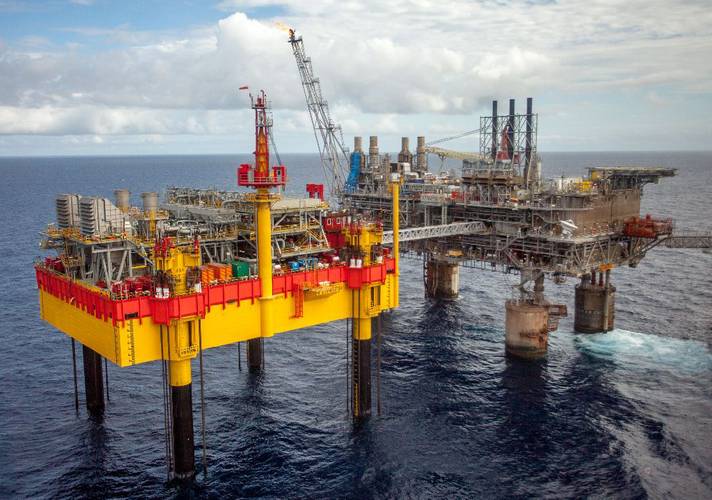
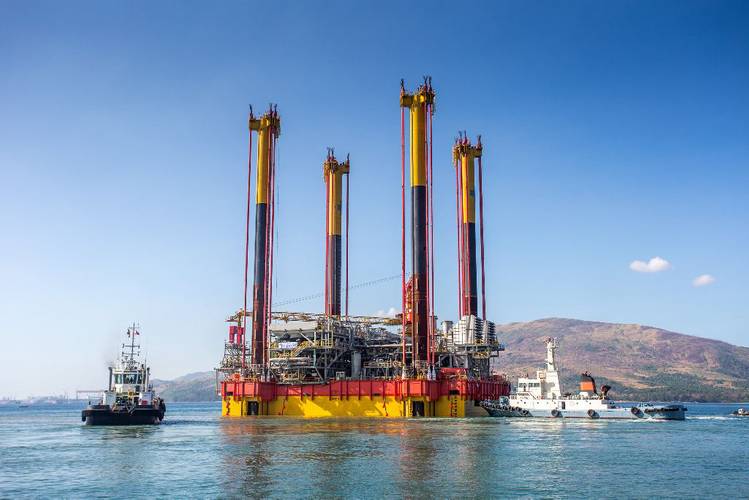
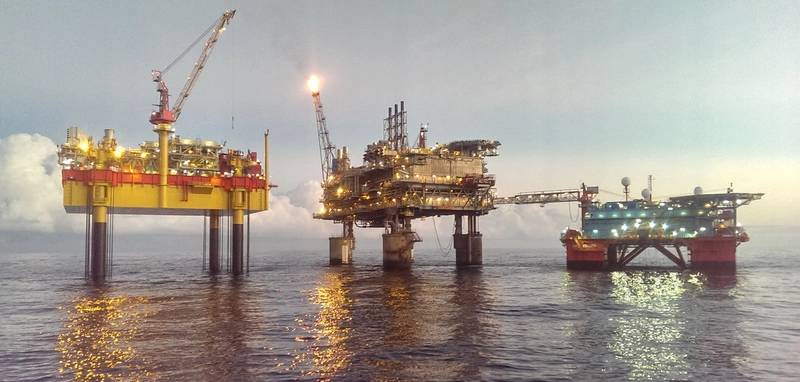
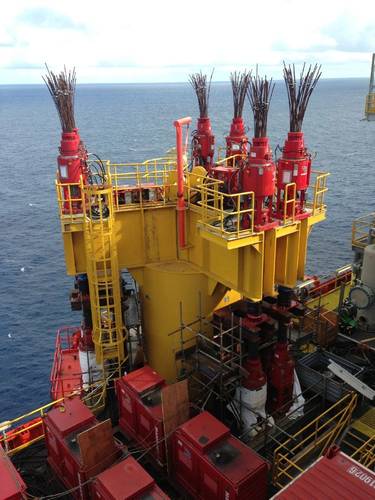
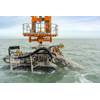
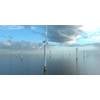
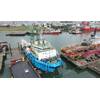
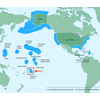
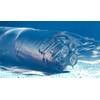







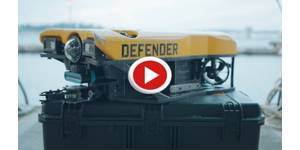
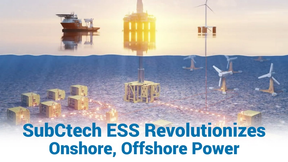
 February 2025
February 2025


